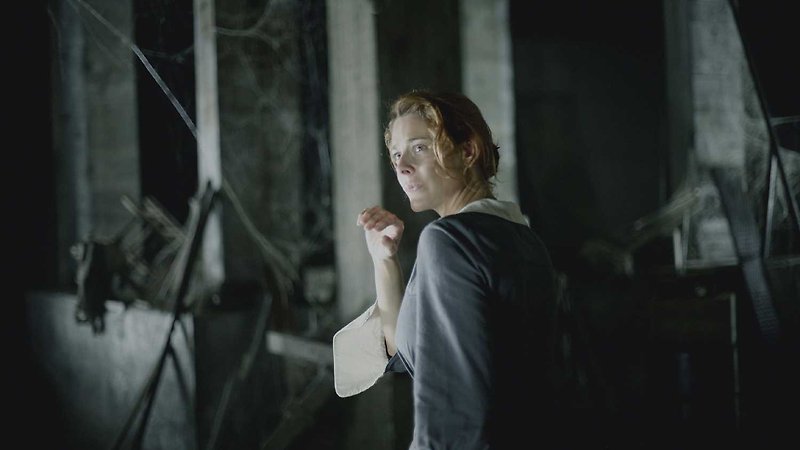"A brilliant Spanish horror film... [it] is what every great horror film should be. A drama first, a fright factory second." — Financial Times. Produced by Spain's master of cinema fantasy, Guillermo del Toro.

Pungent and scary. A shiver of fear runs right through it.
Screened as part of NZIFF 2008
The Orphanage 2007
Last year’s top box office attraction in Spain, a sumptuous debut produced by Guillermo del Toro, is another child-spooked addition to the distinguished tradition of Spanish Gothic.
“A brilliant Spanish horror film. In the gaunt ex-orphanage on the rocky coast seven-year-old Simón vanishes, one day, inexplicably. Mum Laura (Belén Rueda) is desperate. Can she woo Simón back from death – or from the ghostly dimension where he plays with the other ghost-children whom Laura, at least, has glimpsed in fleeting moments? Think of The Turn of the Screw; think of The Others (another Spanish-directed hallucination shocker); then let the midnight mixture marinate in your brain. Every ingredient is essential to the story’s recipe. Every shock relates to the theory that nothing that formed us, as human beings, ever leaves us. Even the hired psychic (Geraldine Chaplin) wears emotional scars. With her pallor, staring eyes and death’s-head beauty, Chaplin’s character seems as sinister as any spectre she could conjure from the house… Director Juan Antonio Bayona’s first feature is what every great horror film should be. A drama first, a fright factory second. By the time Laura discovers the last door leading to the last chamber of horrors, which leads in turn to the most heart-wracking of self-revelations, we seem to know the entire existence of this character. And the dreams and dreads that have ripened through a life and its prehistory. Óscar Faura’s photography, grey-green and atmospherically mouldering, makes the images seem as lived-in, and where relevant as died-in, as the characters’ minds and souls.“ — Nigel Andrews, Financial Times